Beautiful Beginning of Summer
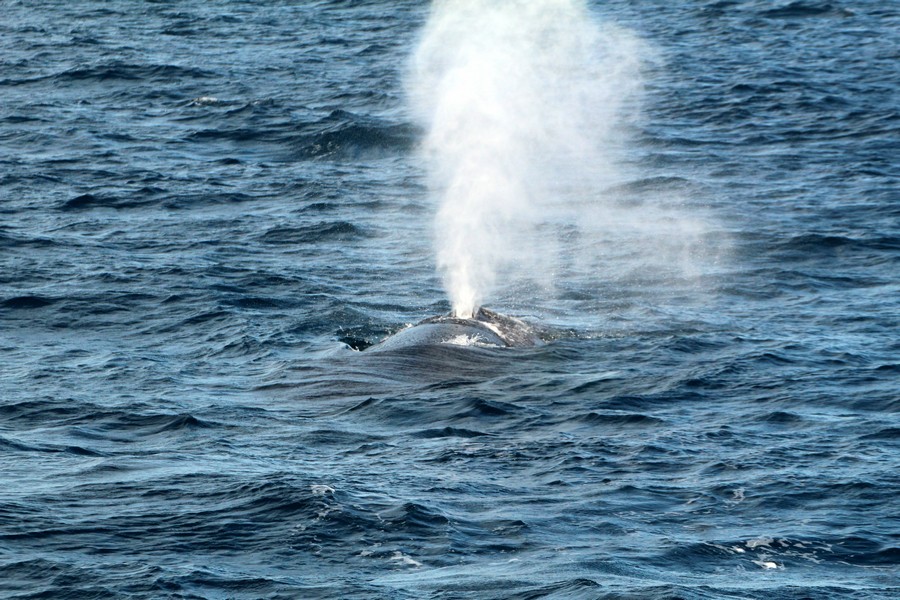
Credit: Aquarium of the Pacific
James S.
Thursday, May 30, 2019
Hello everyone, I hope you have been able to get out on the water during our blog hiatus as the Aquarium of the Pacific finalized and fully opened our expansion, Pacific Visions, to the public. Our first major expansion since we opened in 1998, it required a lot of work from all departments to make this vision possible. But now that we’re open and I’m back to working with photo ID interns and we’ll have blogs coming in regularly again.
It’s been a very eventful May, we’ve seen quite a few fin whales, lots of dolphins, and we’re having another great early season of blue whales. Looking over our intern data until 2017 our sighting numbers strongly showed that late summer is the best time to see a blue whale in Southern California waters. But the previous two summers and potentially this summer we are going to experience big May and June sightings for blue whales. Fin whales are normally seen in higher numbers during the winter, but they ventured back in to the area in late spring and now early summer. Unlike the blue whale, the fin whale is not a north/south migrater. More likely in our area of the Pacific Ocean they are moving much farther offshore in the summer and then return to the channel island waters in the winter. Scientists aren’t entirely sure what kind of migrations the fin may make or if they just move around to wherever is most beneficial at the time. Hopefully though, climactic shifts between el nino and la nina have made the waters around Long Beach very abundant in krill and small schooling fish for the two largest mammals on the planet to feast upon all summer long.
The blue whale migration is also not completely studied or fully understood, but with the help of our interns collecting sighting data all year long we can send information to scientists and research groups to help them further their studies. Summer is the feeding season for most whales that migrate in a north/south pattern. California’s coastal region is a prime location for the prey of blue whales to have grown and matured. What we and other institutions and observers have seen is that the blue whales are showing up in Southern California early, feed a bit, but then continue north. Monterrey Bay area observers have recorded numbers of sightings in late summer the past couple of years in the same volumes as we did between 2008 and 2016. Whales are much more intelligent than we often give them credit for. A recent study published showed that blue whales use their memory to find areas to feed in that are the most plentiful. During the recovering years after our strong El Niño, the whales most likely expanded their feeding range to areas with more krill abundance. However, just because we’ve had a lot of wonderful blue whale sightings so far doesn’t mean they won’t be seen in July and August. We could have the best summer yet seeing this massive and awesome animal in our San Pedro Channel. The ocean is a large place and these animals will explore and feed wherever they choose.
If you haven’t been down to Long Beach yet, or have never seen a whale come on down and explore our 12,000 animals on exhibit inside the Aquarium. Take a trip through our new expansion, Pacific Visions, to learn more about how we can build a better future for humanity in an environment that also supports the wondrous diversity the oceans and continents should have. Purchase your combo ticket today for the Aquarium of the Pacific and a whale watch with our naturalists aborad Harbor Breeze Cruises. Boats board every day at 12:00 p.m. and 3:00 p.m.
See you on the water!
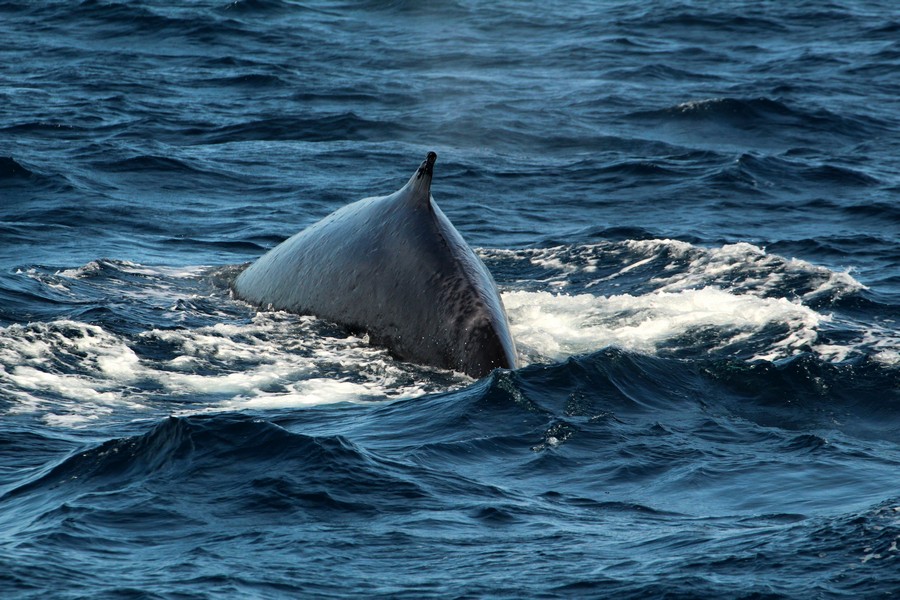
Credit: Aquarium of the Pacific
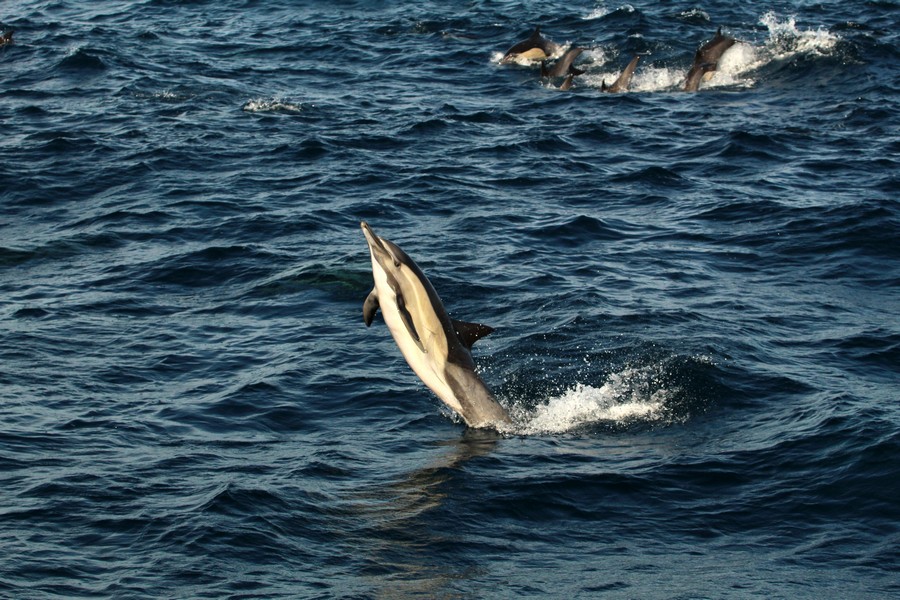
Credit: Aquarium of the Pacific
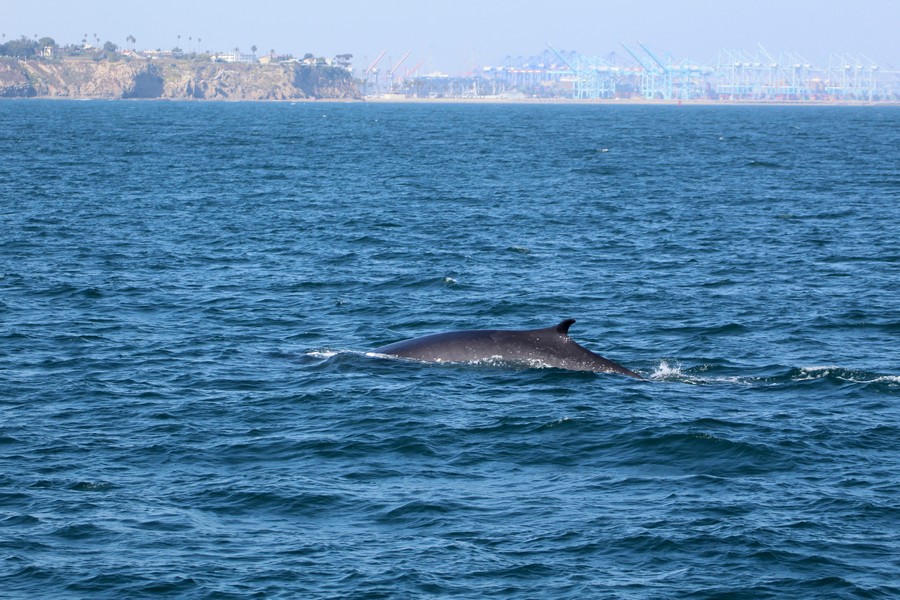
Credit: Aquarium of the Pacific
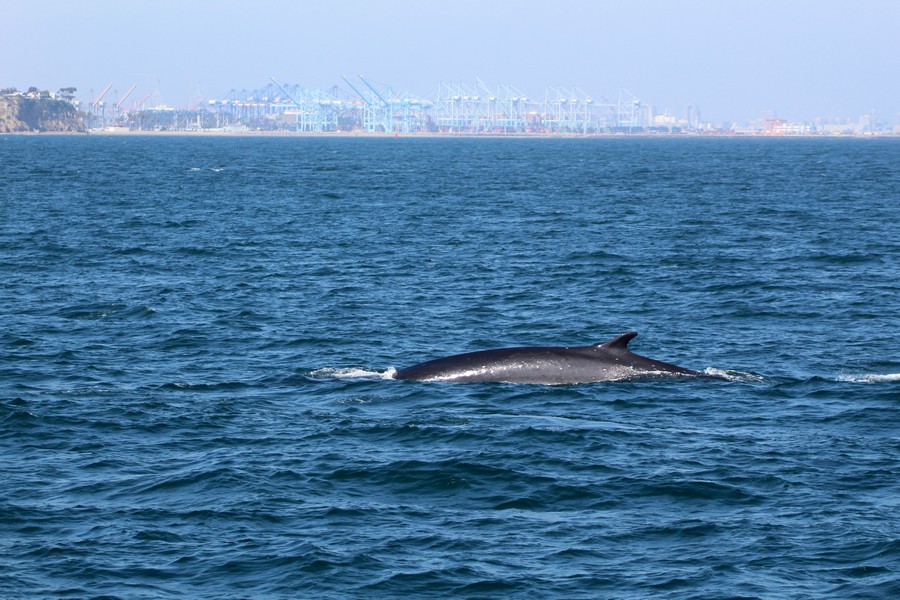
Credit: Aquarium of the Pacific
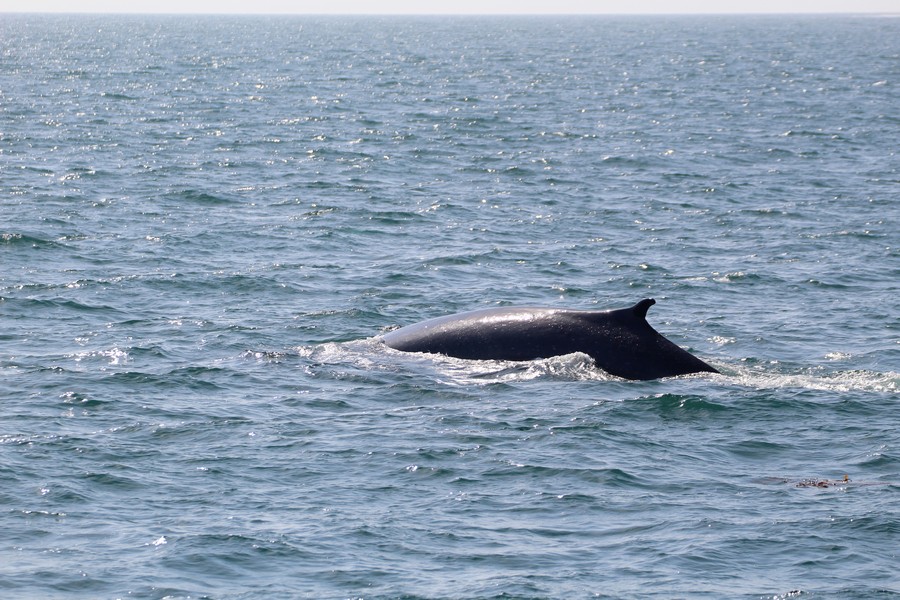
Credit: Aquarium of the Pacific
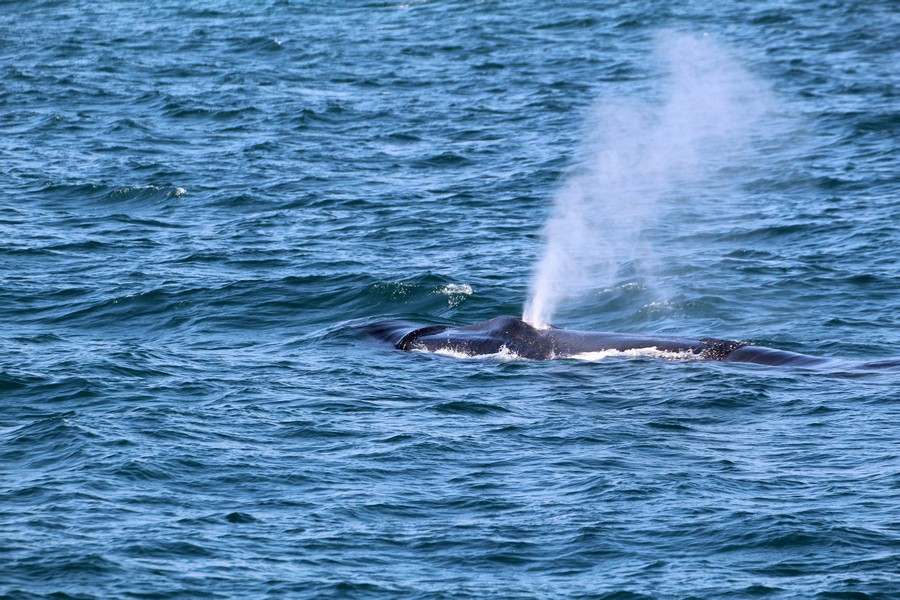
Credit: Aquarium of the Pacific
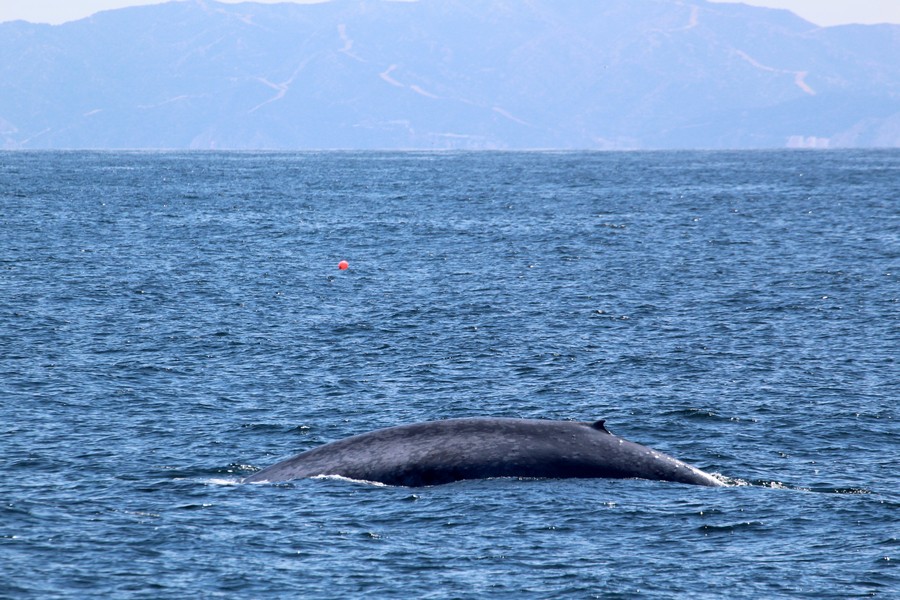
Credit: Aquarium of the Pacific
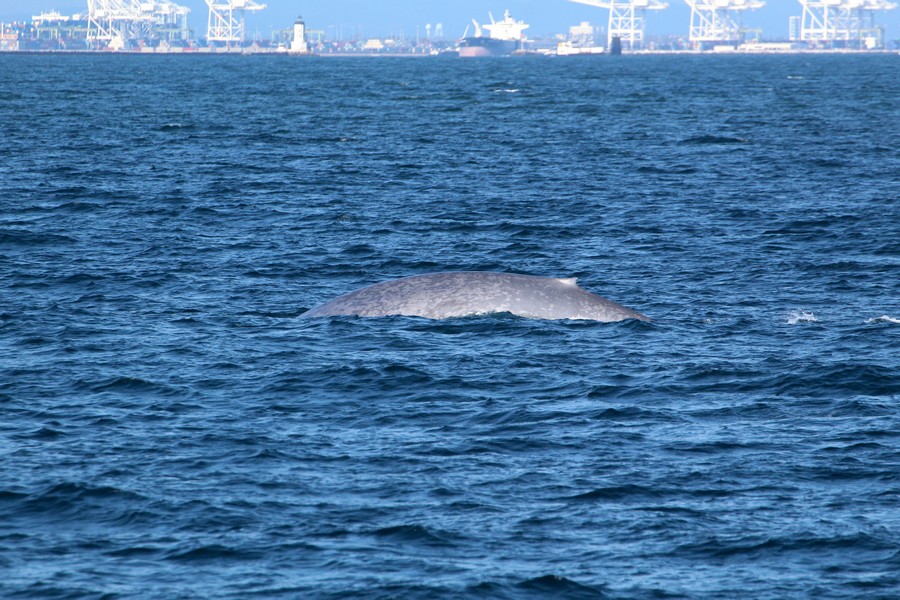
Credit: Aquarium of the Pacific
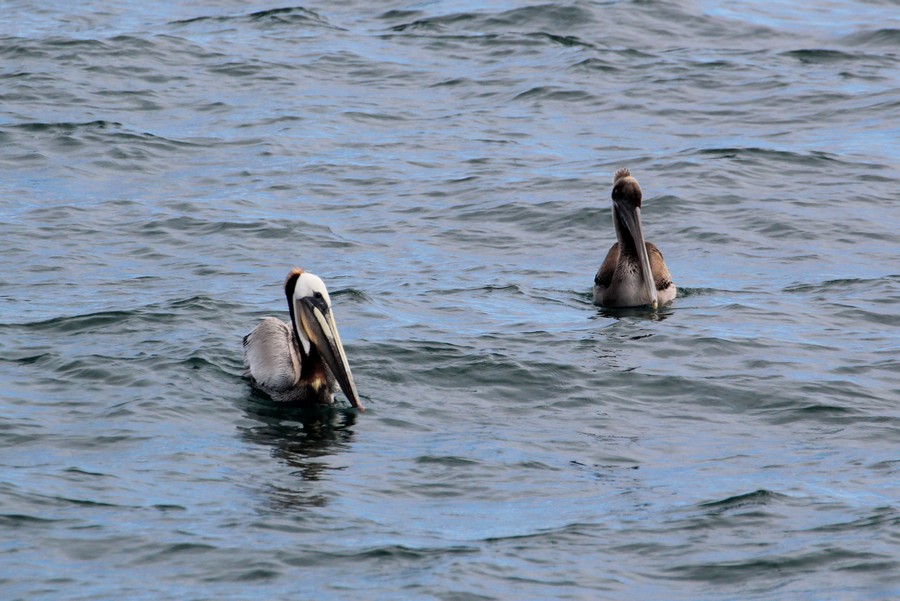
Credit: Aquarium of the Pacific
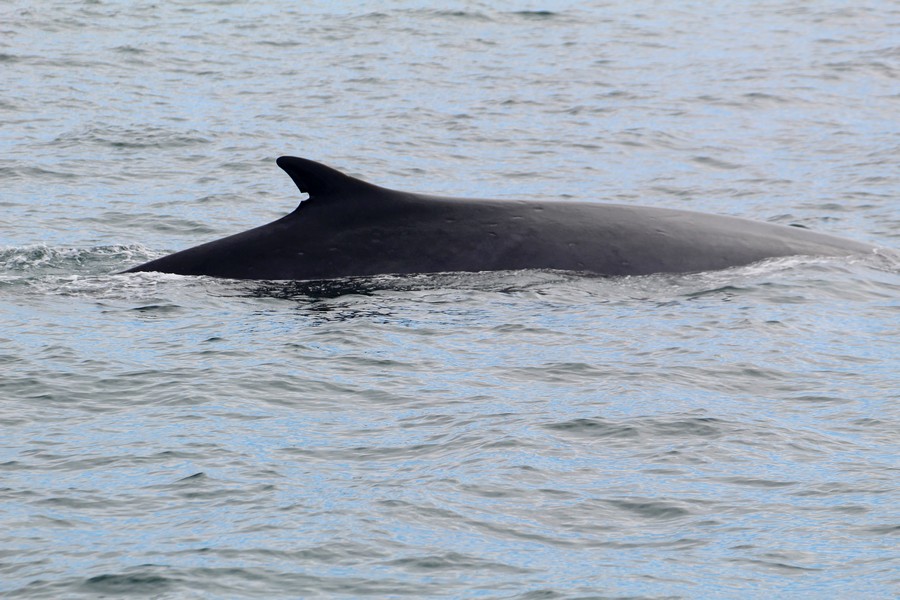
Credit: Aquarium of the Pacific
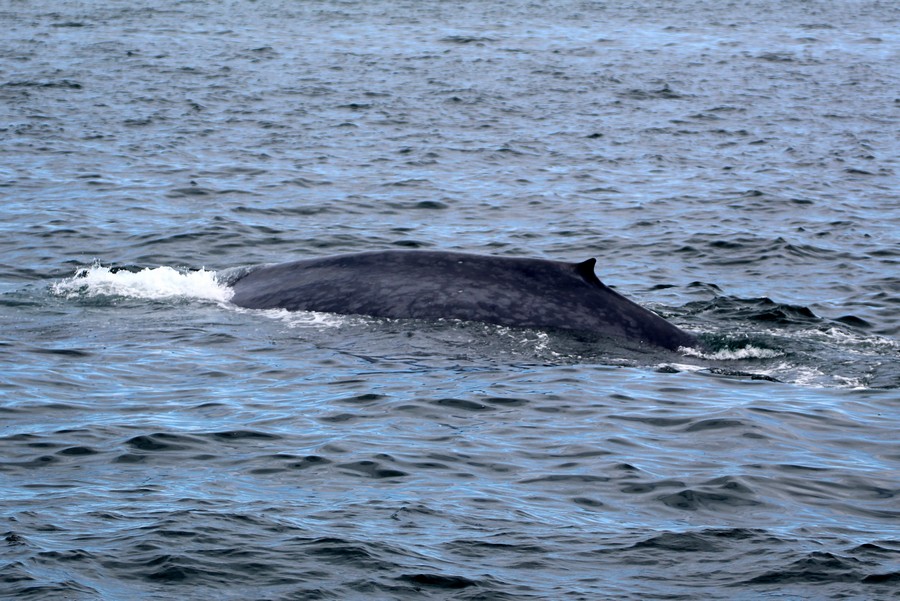
Credit: Aquarium of the Pacific
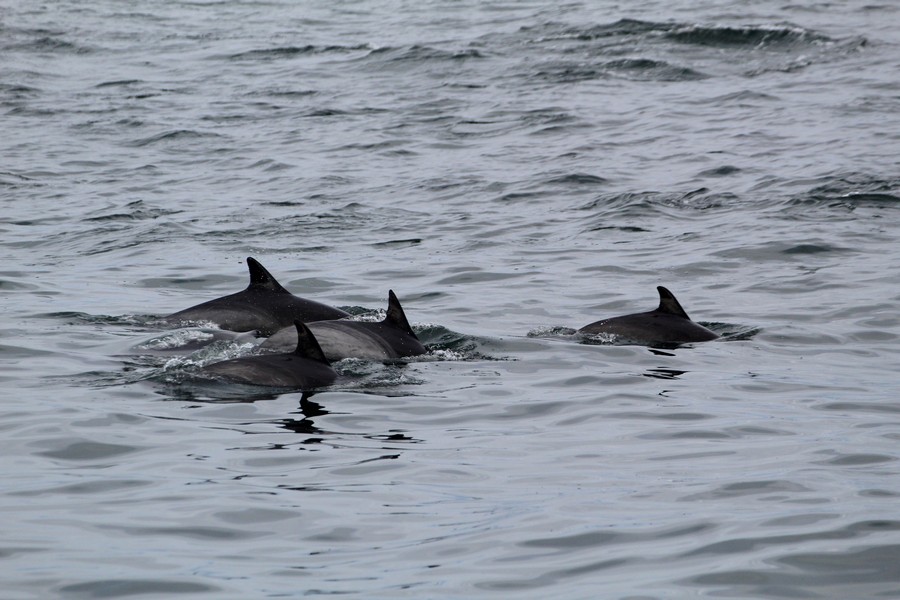
Credit: Aquarium of the Pacific
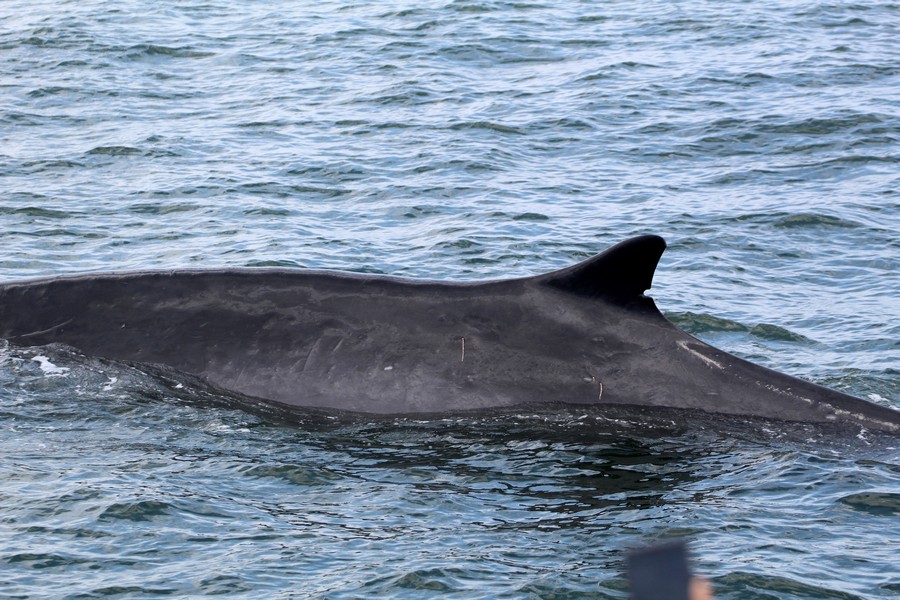
Credit: Aquarium of the Pacific
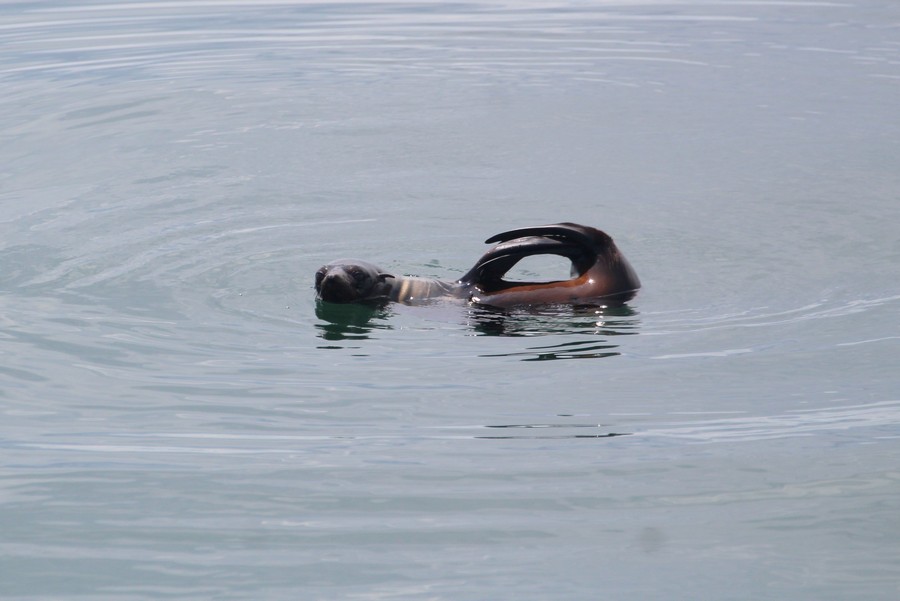
Credit: Aquarium of the Pacific
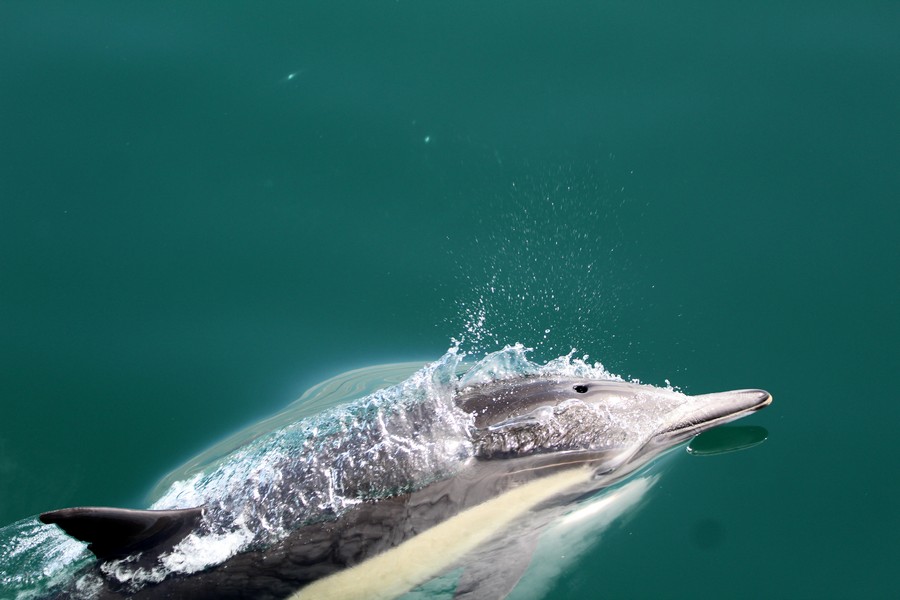
Credit: Aquarium of the Pacific
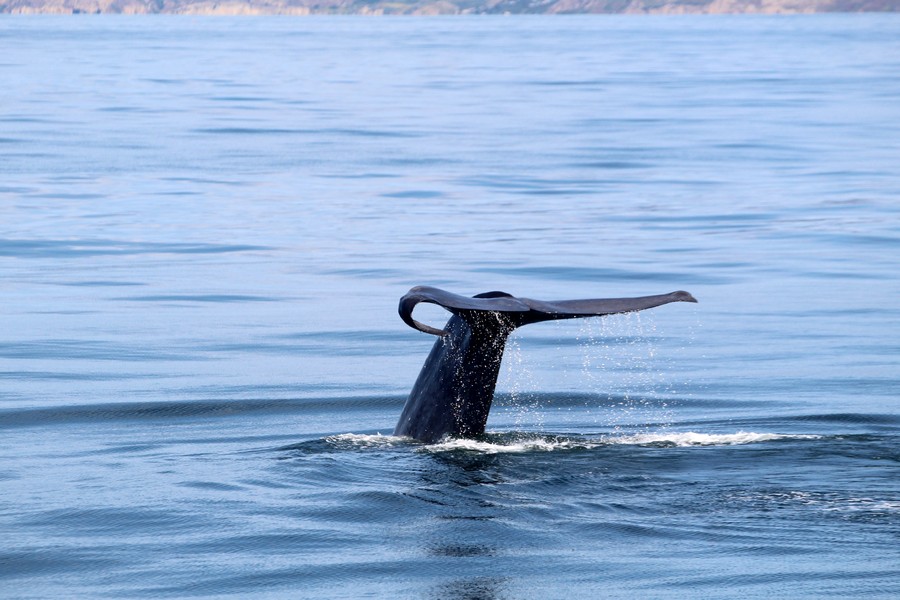
Credit: Aquarium of the Pacific
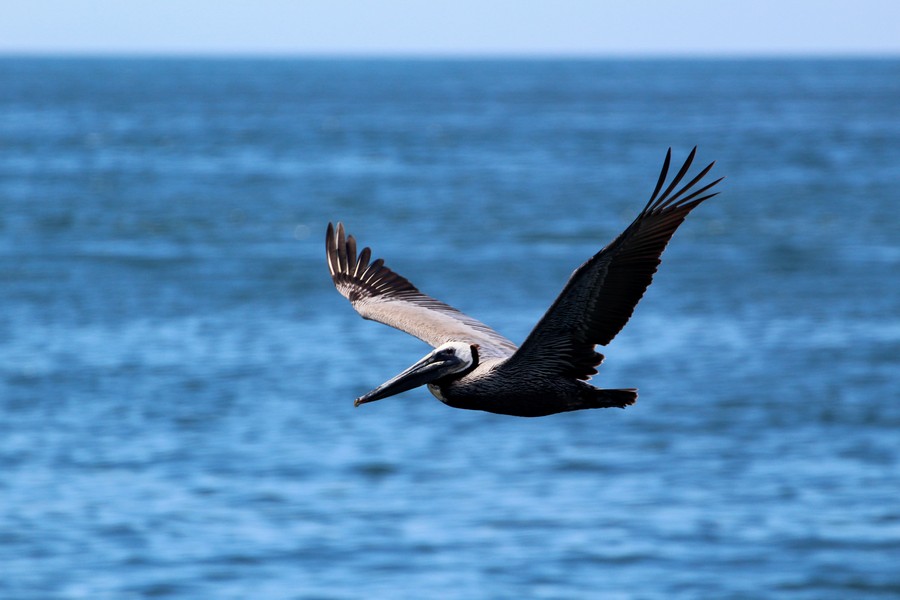
Credit: Aquarium of the Pacific
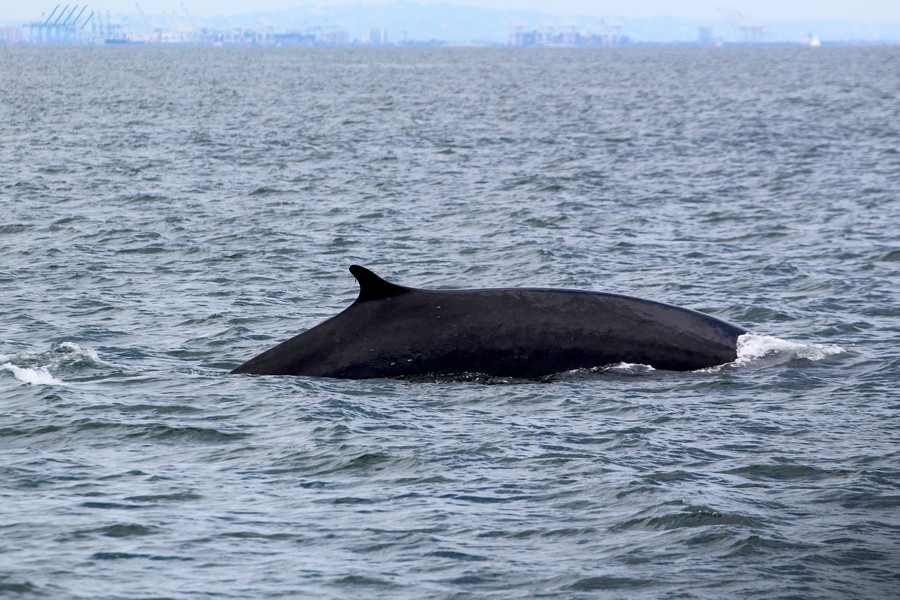
Credit: Aquarium of the Pacific
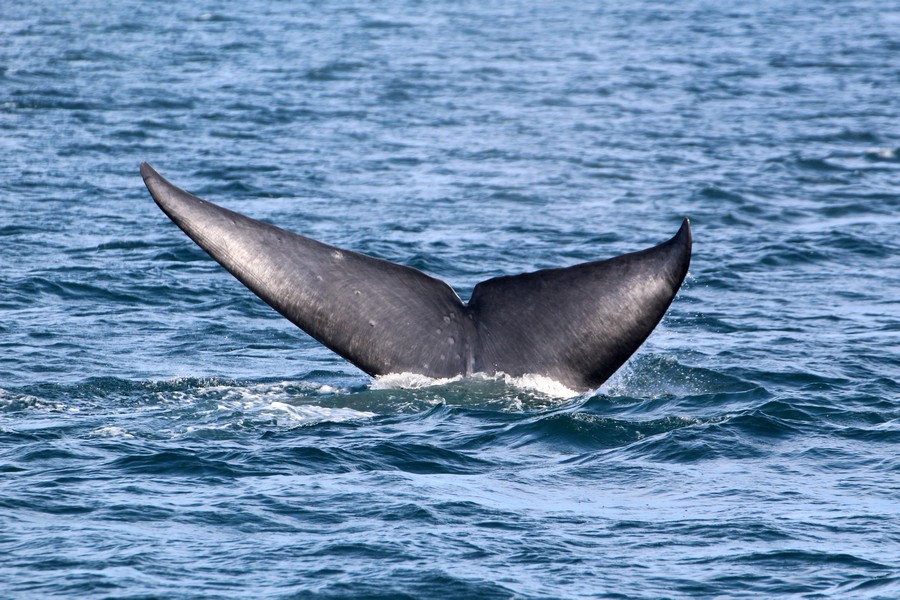
Credit: Aquarium of the Pacific
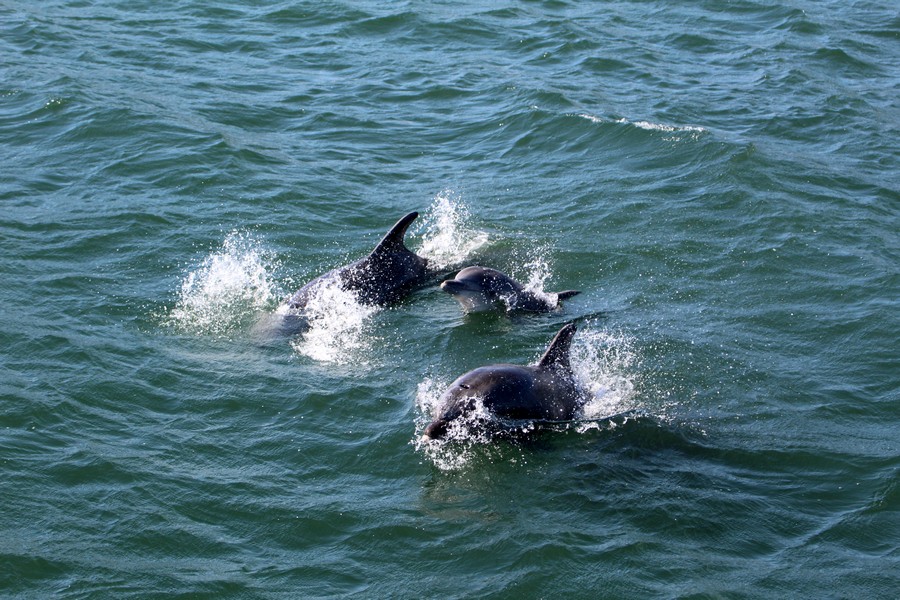
Credit: Aquarium of the Pacific
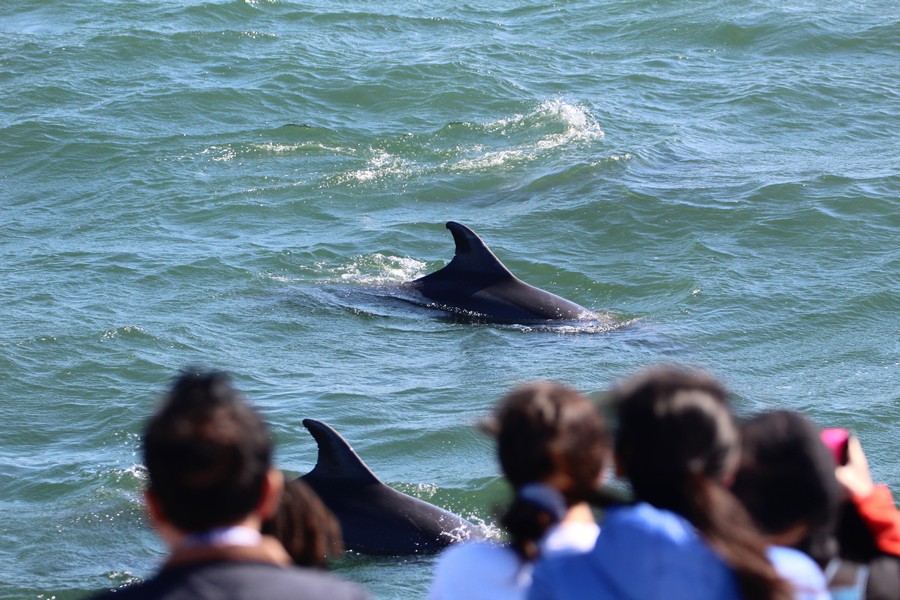
Credit: Aquarium of the Pacific

Credit: Aquarium of the Pacific

Credit: Aquarium of the Pacific

Credit: Aquarium of the Pacific

Credit: Aquarium of the Pacific

Credit: Aquarium of the Pacific

Credit: Aquarium of the Pacific

Credit: Aquarium of the Pacific
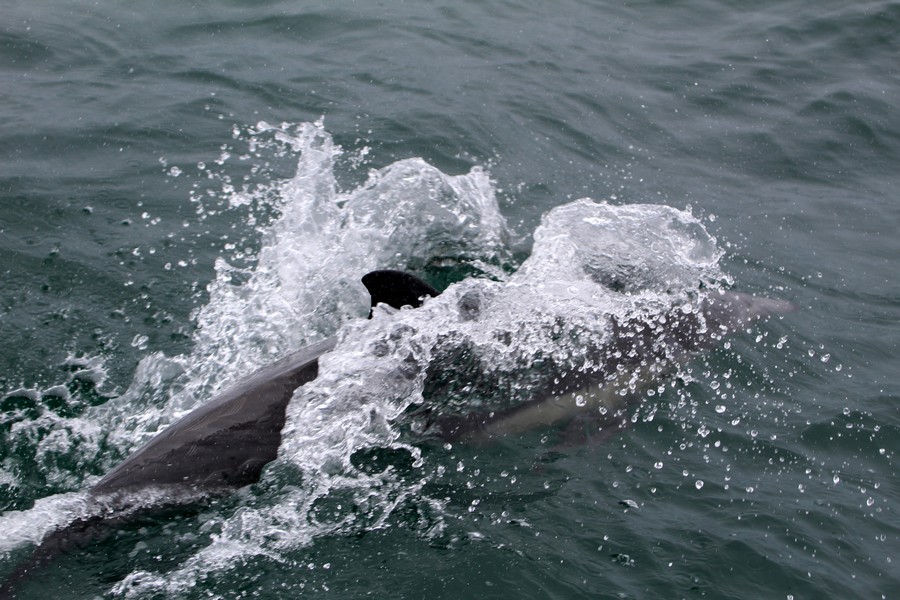
Credit: Aquarium of the Pacific

